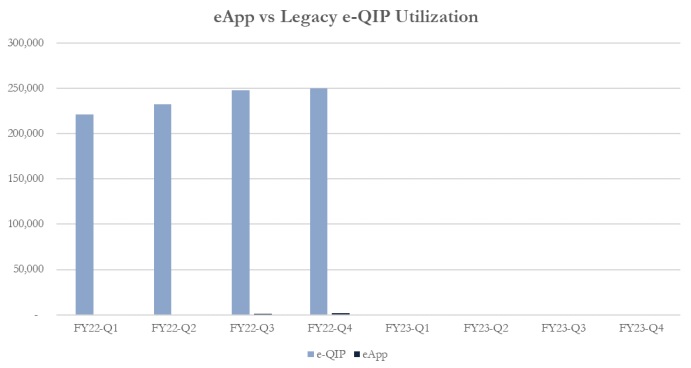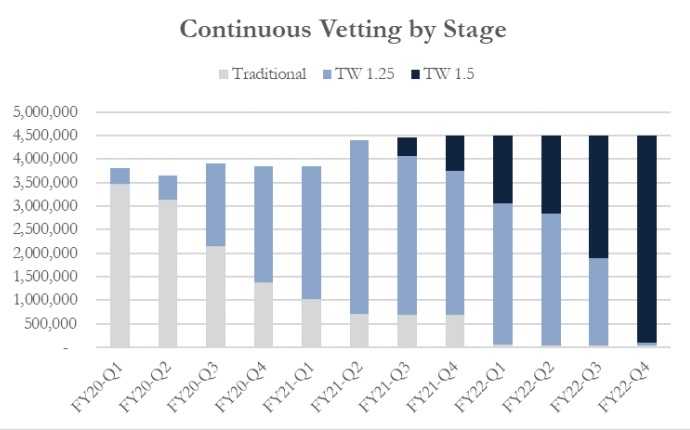Monumental changes are happening across the national security workforce today – but if you’re not paying attention, you might miss them. A few years ago when the government faced a backlog of pending security clearance background investigations and the time it took for the fastest 90% of Department of Defense Top Secret security clearance investigations was over 500 days, the drumbeat need for reform got steady attention across Capital Hill and the executive branch. Today, with implementation of Trusted Workforce 2.0 in full swing, you just might miss the updates if you’re not looking for them.
Making reform seamless for the cleared population has been a part of the mantra of government, where they’ve noted that many of the changes today – including enrollment into Continuous Evaluation/Continuous Vetting, business process improvements to speed processing times, and the technological updates to enable better case management and tracking – are all invisible to the average clearance holder.
That said, whether you’re a security officer or a security clearance holder, it’s worth noting what’s going on today, and what’s coming next. We unpacked updates from the personnel vetting quarterly progress update, and here are a few worth watching:
1. eApp implementation rolling out
We’ve been discussing the move to eApp for over five years now, but while the idea has been in place for some time, DCSA is just now getting to the point where they have the technology built to support the move to this vastly improved, more intuitive online security clearance application. A better eApp is also important as security clearance holders are asked to submit a new SF-86 every five years under CV. While the new information won’t necessarily trigger an automatic investigation, it will be used to update out-of-date information about cleared professionals that may not otherwise come up. Making digital capture of that data better is good news for anyone with a clearance.
2. NBIS Goes Online
Speaking of eApp, the National Background Investigation Services is the major technological overhaul we’ll be talking about for the next five years. NBIS underscores everything we’re talking about in improving the security clearance process today, including CV, a better security clearance application, and having a security clearance system of record cleared candidates can trust.
3. 100% of the National Security Population Enrolled into a Trusted Workforce 1.5 Solution
Congratulations – if you hold a federal security clearance you are now enrolled into a Trusted Workforce 1.5 solution that includes checking seven specific criteria for ongoing clearance eligibility. The gap between what happened between a five-and-ten year periodic reinvestigation was a critical vulnerability, and one tragically highlighted by Navy Yard shooter Aaron Alexis. The government has worked hard to update both its self-reporting (and peer reporting) requirements as it has implemented CV. The idea is that if there is a major criminal or financial issue, it can be flagged and addressed before it becomes a vulnerability. Issue mitigation is key for cleared workers moving forward.
4. Full Replacement of Episodic Periodic Reinvestigations
Periodic Reinvestigations (PRs) haven’t been completely replaced just yet, but CV enrollment today paves the way for them to disappear. What isn’t eliminated is the need to submit updated SF-86 information – or to self report potential issues.
5. Security Clearance Processing Times & Inventory Figures Remain on Track
The critical mantra government officials are looking to emphasize is that major technology updates and policy changes are happening – while keeping security clearance average timelines and the current investigation inventory below benchmarks. Steady state investigation timelines aren’t fixing the overall issue of not having enough cleared professionals to fill open positions, but they are ensuring the process continues to move forward.
The next few years will continue to see more changes in the personnel security and background investigation process. The incremental shifts today will signify a major muscle movement in overall security clearance progress and policy reform. And now all eyes look to NBIS to ensure the technology enablement is there to make it happen.






